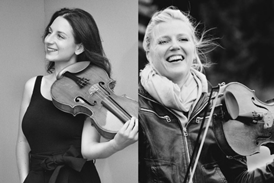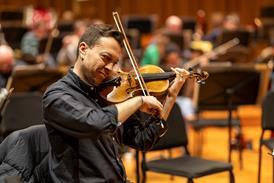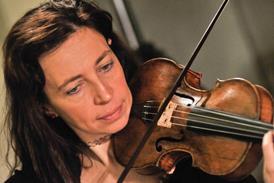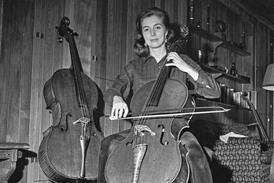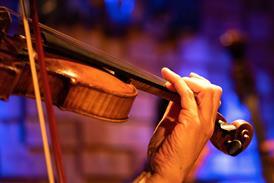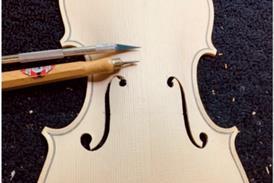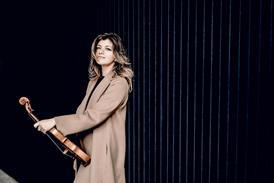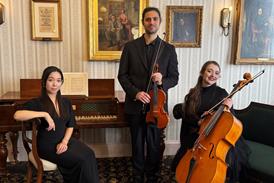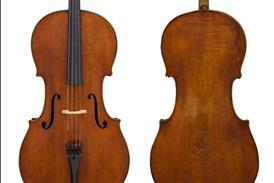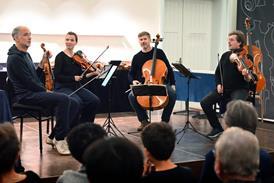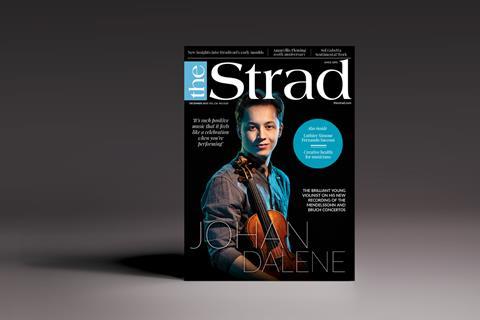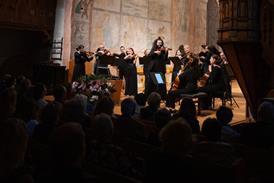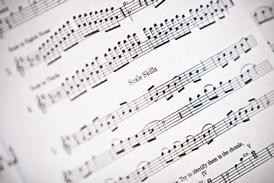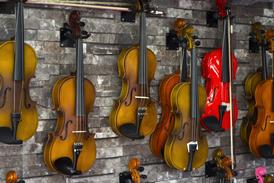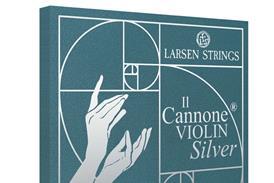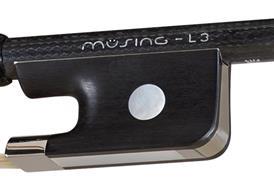- News
- For Subscribers
- Student Hub
- Playing Hub
- Directory
- Lutherie
- Magazine
- Magazine archive
- Whether you're a player, maker, teacher or enthusiast, you'll find ideas and inspiration from leading artists, teachers and luthiers in our archive which features every issue published since January 2010 - available exclusively to subscribers. View the archive.
- Jobs
- Shop
- Podcast
- Contact us
- Subscribe
- School Subscription
- Competitions
- Reviews
- Debate
- Artists
- Accessories
Postcard from Newark: Newark School Lutherie Day

Students, amateurs and professional makers all came together at this year’s Lutherie Day for talks on anything violin-related. Christian Lloyd went along
Newark-on-Trent is one of those English towns that feels as though the last 50 years never happened. Its rows of half-timbered houses, cobbled market square and the striking remains of a twelfth-century Norman castle all give the impression of a place unencumbered by the cares of the 21st century. It could be said that it’s an ironic kind of location for the country’s best-known violin making school, given the fast-paced and ever-changing nature of the luthier’s craft – as was much in evidence at Newark’s annual Lutherie Day on 3 May this year…
Already subscribed? Please sign in
Continue reading this article and explore hundreds more…

